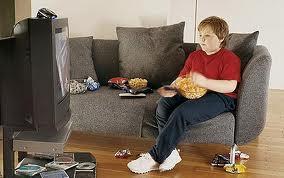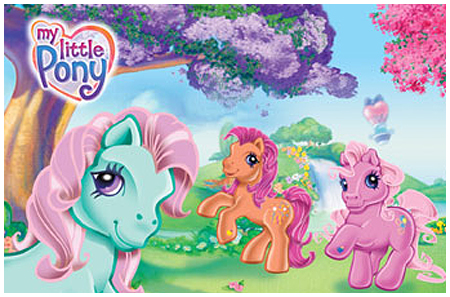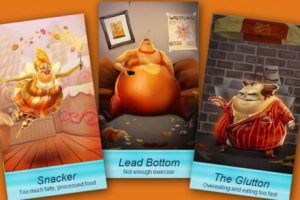All throughout this course we have discussed the back and forth of children’s literature, toys and TV programming. The tug-of-war between using these mediums to enrich the child and letting them simply be used for fun. Many of these things in today’s society seem to fit into the ‘fun’ category (Nerf guns, Twilight, etc). There are also a number of products targeted at helping the child fundamentally grow (Leapster, Baby Einstein, etc).
It is clear when looking at the TV shows, toys and books of today that once you hit a certain age, the learning functions of these products are similar to that of the TV show Free to Be You and Me. Acceptance is the theme of the youth of today. The recent ABC2 news article “Modern Children’s Books Help Families Explore Diversity”, goes into depth on the topic of using children’s literature to help them understand different types of families. Books like “The Mommy Book” by Todd Parr, “Daddy, Papa, and Me” by Leslea Newman portray families that may not be like the child’s own family. These books allow the child to see something outside of their own homes, understand and accept it.
This is not a theme limited to books for young children. It has also made its way into many main stream TV shows directed towards entire families or adolescents. ABC’s Modern Family, shows the wide range of families we encounter. This show is not targeted at kids alone, but their entire family. Modern Family is the teen and adult version of the children’s books of Parr and Newman.
In Glee, Fox’s weekly musical hit, the entire show is based on feeling like an outsider. Two of the main characters are gay, one is African American, two are Asian, one is in a wheelchair, and one character is overweight. This is the modern day Free to Be You and Me, with catchy popular songs straight off the charts, and the overall message that everyone is different and we should accept them.
The ABC Family hit
Pretty Little Liars, which is targeted at teen girls, one of the main characters is a lesbian and all of her friends accept it without a problem.
The list goes on and on. As shown by the below video, overall we are moving in a direction where it is not only ok to be different, but acceptance of our differences is encouraged.







